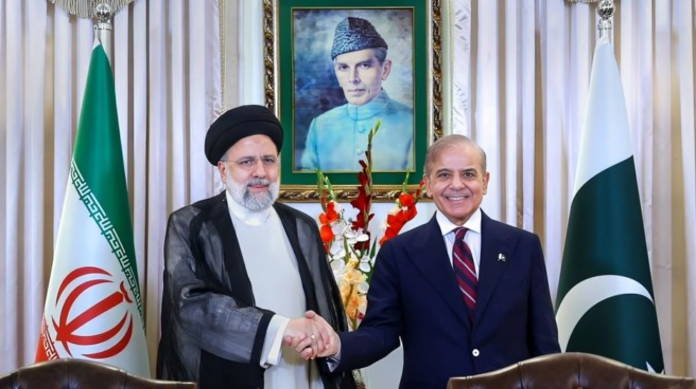Pakistan Iran Bilateral Trade is on the verge of reaching a historic $10 billion mark, as both nations take decisive steps to strengthen their economic ties. This ambitious target underscores a shared vision of mutual growth and regional cooperation, facilitated through strategic agreements and focused economic initiatives.
Strengthening Bilateral Relations
In recent years, Pakistan and Iran have made consistent efforts to address the long-standing challenges that have hindered their trade potential. Meetings between high-level delegations, including Iranian President Ebrahim Raisi’s visit to Pakistan, have set the stage for deepened economic collaboration. Both sides are working on institutional mechanisms to eliminate trade barriers, with barter trade emerging as a viable solution to circumvent banking and currency constraints.
Key Sectors of Pakistan Iran Bilateral Trade Driving the Partnership
1. Energy Sector
The energy sector forms the backbone of Pakistan Iran Bilateral Trade. With Iran’s extensive natural gas and petroleum resources and Pakistan’s energy deficit, agreements on electricity exports and gas trade are pivotal. Talks of constructing infrastructure like pipelines and extending energy grids are ongoing to ensure long-term sustainability.
2. Agriculture
Agricultural goods such as rice, fruits, and vegetables are key exports between the two nations. Pakistan benefits from exporting its rice to Iran, while Iran’s supply of fruits and nuts holds a strong market in Pakistan. Enhancing logistical networks to support this trade is a priority.
3. Industrial Goods
Trade in industrial goods, machinery, and construction materials has also shown promising growth. By reducing tariffs and implementing technology-driven logistics solutions, this sector can further solidify bilateral trade.
Addressing Challenges in Trade
A. Transportation and Logistics
With significant land borders, both countries are working to improve road, rail, and border-crossing facilities. Enhancements in the infrastructure along the Taftan-Zahedan corridor are particularly noteworthy, aimed at reducing transit times and operational costs.
B. Financial Mechanisms
Banking restrictions due to sanctions have necessitated creative solutions like barter trade. Discussions on direct currency exchange agreements are also underway to simplify transactions.
C. Trade Facilitation
Efforts are being made to streamline trade policies, harmonize customs regulations, and reduce non-tariff barriers. These changes are expected to improve the ease of doing business for companies on both sides.
Vision for Regional Integration
Strengthened Pakistan Iran Bilateral Trade is expected to have a cascading effect on regional economic cooperation. As both countries are pivotal players in South Asia and the Middle East, their partnership could inspire broader economic collaboration within these regions. This aligns with China’s Belt and Road Initiative and other multilateral trade agreements.
Steps Toward the $10 Billion Milestone
To achieve this ambitious goal, both nations have set clear objectives:
Expanding Export Diversity: Diversification into new sectors like technology, pharmaceuticals, and digital trade.
Investment in Infrastructure: Upgrading trade routes, building rail connectivity, and enhancing port facilities.
Policy Reforms: Introducing investor-friendly policies and addressing tariff issues.
Pakistan Iran Bilateral Trade represents a transformative opportunity for both countries. By leveraging their shared strengths and overcoming existing obstacles, they are poised not only to achieve their $10 billion trade target but also to foster a model of cooperation for the broader region. As this partnership evolves, it promises to bring economic prosperity and regional stability.


